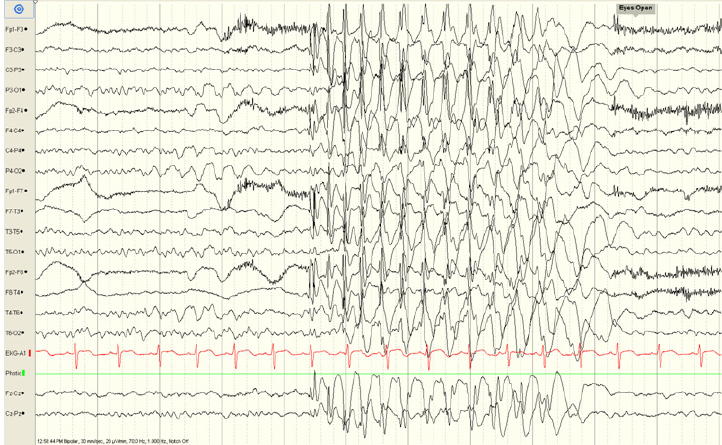

Several studies have examined the interrater agreement (IRA) of EEG interpretations after the introduction of the ACNS criteria, especially in ICU settings between experts 10, 11, 12, 13. Although a precise glossary exists to describe the most common EEG features 8, and the American Society of Clinical Neurophysiology (ACNS) has established standardized criteria for intensive care unit (ICU) EEG analysis 9, EEG interpretation remains subjective and is likely affected by the interpreter’s level of training, location of training, and the patient’s history. The absence of ictal features reported by EEG technologists can be reassuring however, EEG traces should be reviewed by neurophysiologists before taking action.Įlectroencephalograms (EEGs) are widely performed for a large range of indications, including but not restricted to epilepsy and seizure diagnosis and classification 1, 2, status epilepticus (SE) diagnosis and treatment monitoring 3, 4, 5, the investigation of consciousness disorders 6, and prognostication after cardiac arrest 7. EEG technologists identified ictal features with few false negatives but high false positives, and identified normal EEGs with good PPV. SE and seizure detection were impaired in poorly cooperating patients (SE and seizures p < 0.001), intubated and older patients (SE p < 0.001), and confirmed epilepsy patients (seizures p = 0.004). EEG technologists identified SE and seizures with 99% negative predictive value, whereas the positive predictive values (PPVs) were 48% and 35%, respectively. Among 1528 EEG recordings, the PA and interrater agreement (IRA, AC1) values were as follows: status epilepticus (SE) and seizures, 97%, AC1 kappa = 0.97 interictal epileptiform discharges, 78%, AC1 = 0.63 and conclusion dichotomized as “normal” versus “pathological”, 83.6%, AC1 = 0.71. Interrater agreement (IRA) for predefined EEG pattern identification between EEG technologists and neurophysiologits was assessed using percentage of agreement (PA) and Gwet-AC1. A total of 8 EEG technologists and 5 certified neurophysiologists independently analyzed 20-min EEG recordings.

We aim to prospectively investigate, in a large and heterogeneous population, the electroencephalogram (EEG)-reading performances of EEG technologists.


 0 kommentar(er)
0 kommentar(er)
